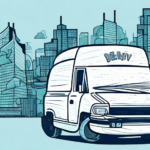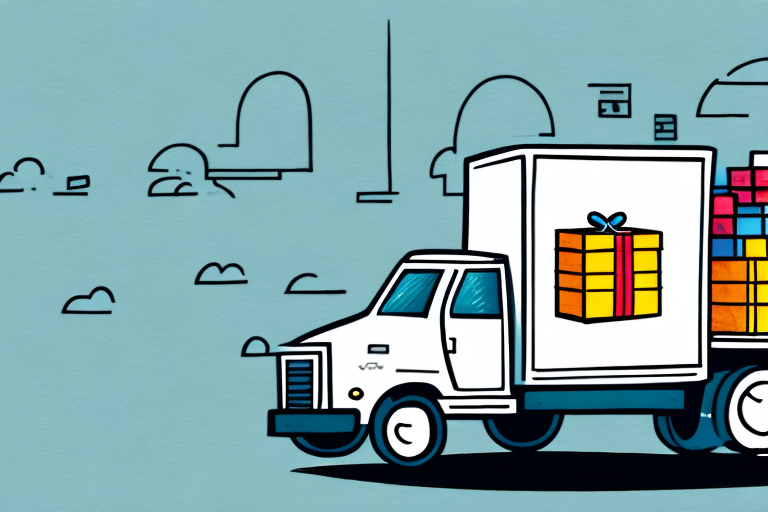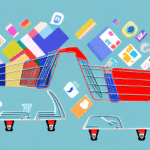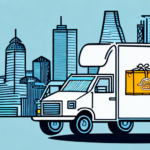Exploring the Benefits of Crowdsourced Delivery
Crowdsourced delivery has emerged as a transformative method for delivering goods to consumers, gaining significant traction globally. This article delves into the advantages of crowdsourced delivery, its historical evolution, benefits for businesses, as well as its social and environmental impacts, and explores future trends shaping the industry.
Understanding Crowdsourced Delivery
What is Crowdsourced Delivery?
Crowdsourced delivery is a decentralized model where independent drivers facilitate the delivery of goods to customers on a per-delivery basis. Customers place orders through an app or website, and the nearest available driver handles the delivery. This model leverages the flexibility of gig workers, allowing businesses to offer same-day or even one-hour delivery without maintaining a dedicated fleet.
How Does It Work?
Once an order is placed, the platform matches it with the closest available driver. The driver retrieves the item from a store or warehouse and delivers it directly to the customer. Payment is processed through the platform, with drivers receiving a portion of the delivery fee. This system enhances efficiency by optimizing delivery routes and reducing the number of vehicles needed on the road.
The Evolution of Delivery Services
From Traditional to Technological Innovations
Delivery services have evolved significantly from their traditional models marked by high costs and slower delivery times. The advent of the internet sparked experimentation with new delivery frameworks, incorporating technological advancements that have revolutionized the industry. Crowdsourced delivery is a continuation of this evolution, offering more flexible and scalable solutions.
Innovations Shaping the Industry
Key innovations include the use of drones and automated delivery systems, which have transformed delivery logistics, especially in hard-to-reach areas. Additionally, the adoption of smart lockers provides secure and convenient pickup points, reducing failed delivery attempts and enhancing customer satisfaction.
Benefits of Crowdsourced Delivery
Advantages for Businesses
- Cost-Effectiveness: Businesses save on expenses related to owning and maintaining a fleet of delivery vehicles.
- Scalability: Easily scale delivery operations based on demand without significant upfront investment.
- Increased Flexibility: Offer diverse delivery options such as same-day or on-demand deliveries to meet customer expectations.
Environmental Impact
Crowdsourced delivery models contribute to reducing the carbon footprint by minimizing the number of delivery vehicles on the road. Optimized routing and the use of individual drivers' vehicles lead to lower greenhouse gas emissions. According to a study by ShipScience, companies adopting crowdsourced delivery have reported a reduction in emissions by up to 30%.
Social Benefits
This delivery model creates flexible job opportunities, allowing individuals to earn income on their terms. It also enhances service accessibility in remote or underserved areas, ensuring a more equitable distribution of goods and services within communities.
Technology's Role in Crowdsourced Delivery
Enhancing Efficiency and Transparency
Technology is the backbone of crowdsourced delivery, enabling seamless interactions between customers, drivers, and businesses. Mobile applications facilitate order placement and real-time tracking, while GPS technology optimizes delivery routes, reducing delivery times and operational costs.
Advanced Tools and Innovations
- Automated Sorting Systems: Streamline the process of organizing and dispatching packages based on destination, size, and weight.
- Biometric Authentication: Ensures the security of packages by verifying the identity of individuals handling deliveries.
- Blockchain Technology: Provides a transparent and secure record of each package's journey, enhancing trust and accountability.
Challenges and Best Practices
Addressing Risks
Despite its benefits, crowdsourced delivery presents challenges such as ensuring driver reliability and managing data security. Businesses must implement stringent vetting processes for drivers and adopt robust data protection measures to safeguard customer information.
Implementing Best Practices
- Driver Vetting: Conduct comprehensive background checks and verify necessary licenses and insurance.
- Clear Guidelines: Establish detailed protocols for delivery times, safety standards, and customer interactions.
- Utilize Management Platforms: Employ platforms that optimize delivery operations, track performance, and facilitate communication between all parties involved.
Case Studies and Future Trends
Successful Crowdsourced Delivery Programs
Companies like Postmates and Instacart have successfully implemented crowdsourced delivery models, achieving significant growth and customer satisfaction. These platforms demonstrate the scalability and effectiveness of crowdsourced delivery in diverse markets.
Emerging Trends
- Automated Deliveries: Increased use of drones and autonomous vehicles to further reduce delivery times and costs.
- Peer-to-Peer Models: Enhanced sharing economy principles, allowing for more personalized and community-driven delivery services.
- Sustainability Focus: Greater emphasis on eco-friendly practices, such as using electric vehicles and sustainable packaging materials.
Conclusion: Embracing Crowdsourced Delivery for Business Growth
Crowdsourced delivery offers a plethora of benefits, including cost savings, increased efficiency, environmental sustainability, and enhanced customer satisfaction. By adopting this innovative model, businesses can stay competitive in a rapidly evolving market, cater to the growing demand for fast and reliable delivery services, and contribute positively to their communities and the environment. As technology continues to advance, crowdsourced delivery is poised to become a cornerstone of modern logistics, making it an essential strategy for businesses aiming to thrive in the future.




















